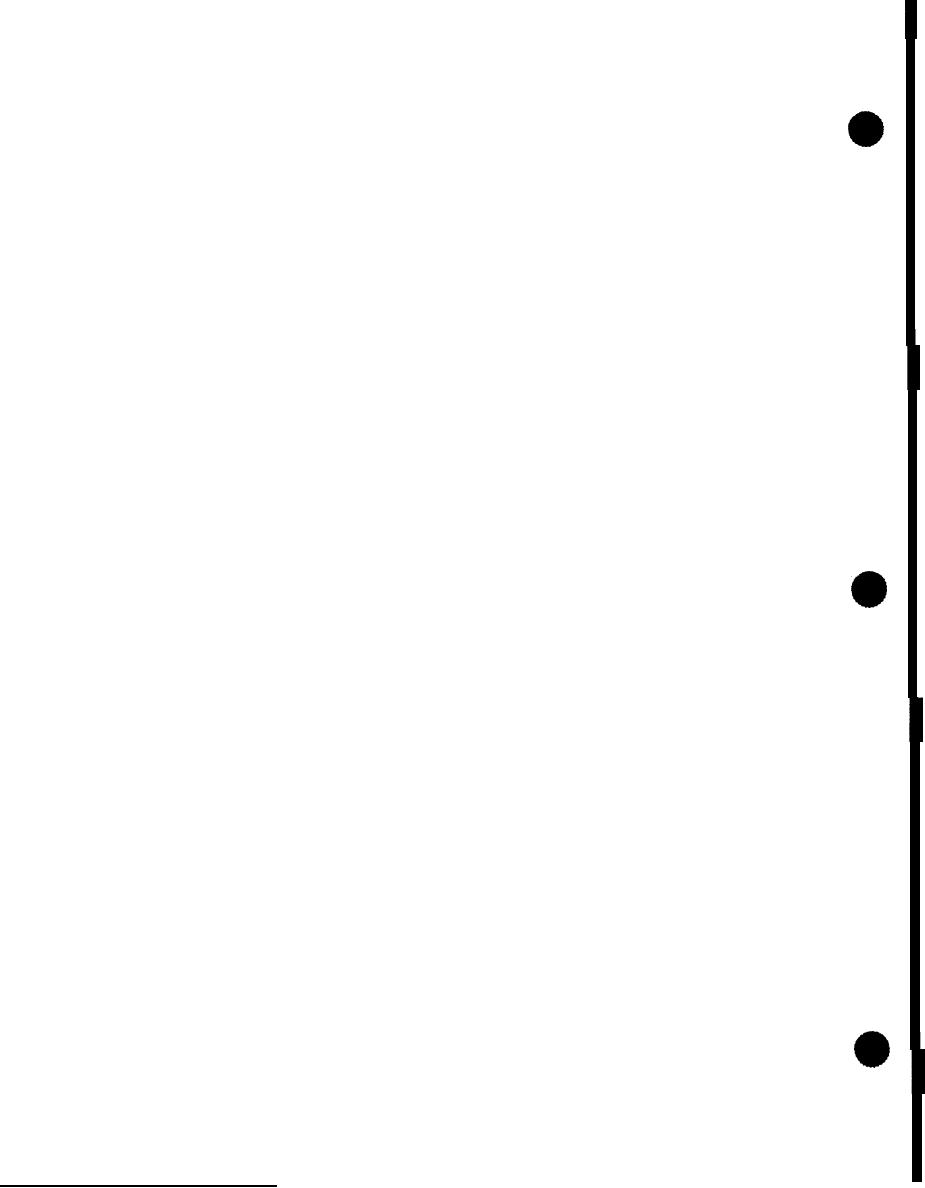 |
|||
|
|
|||
| ||||||||||
|
|  MIL-H-904J
3.3 Construction (see 6.3). The hoist construction shall ensure trouble-he hoist service life.
Rotating shafts shall be supported in anti-friction, lubricated or self-lubricated bearings or bushings.
Shaft bushings or bearings shall be enclosed against entry of foreign matter. Rotating and sliding
surfaces shall be lubricated. The hoist shall include a brake to provide positive control of the hoist
load at all times. Hoists shall operate at environment temperatures of 0 through 130" degrees
Fahrenheit. Metals susceptible to corrosion attack in a seawater environment shall be treated,
plated, or painted to provide corrosion resistance Chain replacement shall be accomplished by use
of simple hand tools. Chain hoists shall have a spur or helical geared reduction mechanism Lever
hoists may be direct drive or ratchet and pawl drive Gears shall be enclosed against foreign matter
(such as dirt, dust, and water spray) in a casing that will permit ready access for inspection and
cleaning. Positive means of securing loose parts such as nuts, bolts, collars, and check rings shall
be provided to prevent any component working loose. The hoists shall be comqlete in all respects,
including operating controls and other equipment that may be necessary for operation. The
maximum combined stress in component parts shall not exceed 35 percent of the tensile yield
strength of the material for hoist operation at rated load. The maximum combined stress in
component parts shall not exceed 70 percent of the yield strength of the material (see 4.7.1 and
4.7.2). For all classes of hoists at rated load, the safety factor for load bearing parts shall be a
minimum of 3, based on the yield strength of the materials used; or a minimum safety factor of 5,
based on the ultimate strength, whichever provides the lowest design stress. For hoists requiring
repair parts, all wear parts shall be readily accessible for replacement. Equivalent spares for the
same class and type hoists shall be interchangeable.
3.3.1 High-impact shock When specified (see 6.2), the hoist shall withstand the grade A
or B high-impact shock test as specified in MIL-S-901 (see 4.7.9). When specified (see 6.2),
unloaded hoists, when stowed (not operating) on the rail, shall withstand high impact shock in
accordance with grade A of MIL-S-90l, without permanent deformation or degradation of any
operating functions It will be permissible for trolley hoist to drift along track under shock
conditions, provided no damage to trolley hoist or brake results and brake holds hoist to rail after
shock. Drift shall be not greater than 1 inch. Motor shall be bolted to the frame.
3.3.2 Load chain and hand chain. Load chain shall be alloy steel and hand chain shall be
carbon steel or alloy steel. Chain finish shall be as specified in 3.3.2.3.
3.3.2.1 Load chain. The load chain shall be of a hardness and strength to withstand the
applicable tests specified in 4.7.1 through 4.7.9 and a safety factor of 5 for the rated load of the
hoist, based on the ultimate strength of the material.
3.3.2.1.1 Load chain (link chain type). The load chain links shall be electric- or forge-
welded. Each link shall be of uniform size and shape, free from scale and laminations at the welds,
and shall seat properly in the hoist chain sheave pockets. The chain shall be free from any
tendency to snarl. The ends of the load chain shall be securely attached to the load block or hook
|
|
Privacy Statement - Press Release - Copyright Information. - Contact Us |